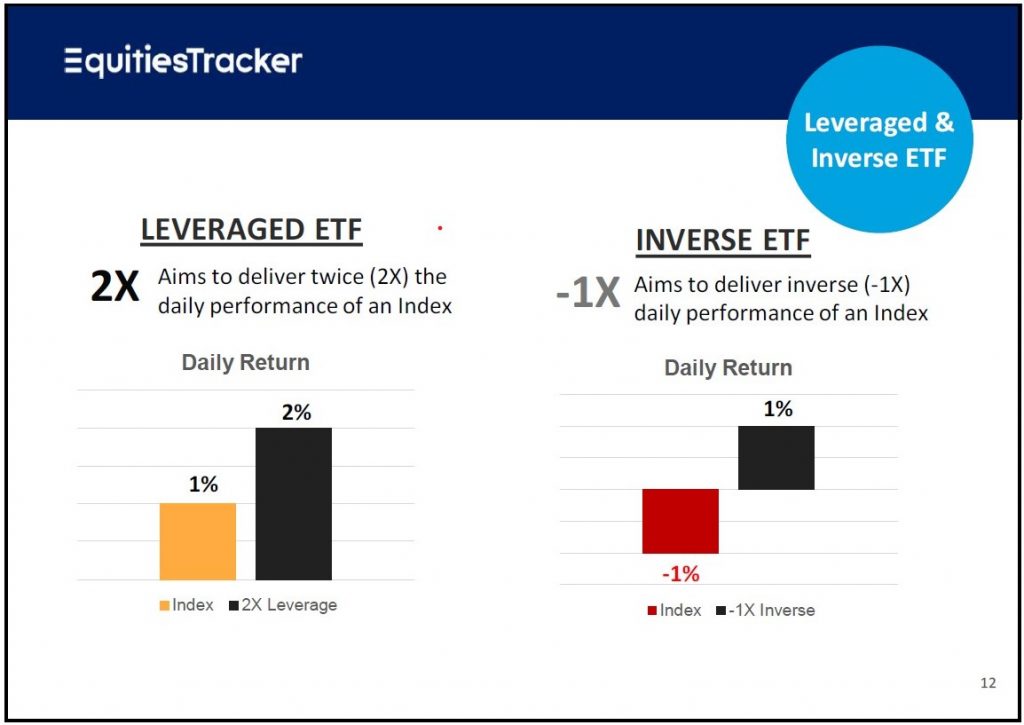How Middle Management Drives Business Results And Improves The Employee Experience

Table of Contents
The Role of Middle Management in Achieving Business Objectives
Middle managers are the vital link between senior leadership and front-line employees. Their effectiveness directly impacts the organization's ability to achieve its strategic goals.
Strategic Goal Alignment
Middle managers are responsible for translating high-level strategic goals into actionable plans for their teams. This requires clear communication, effective goal-setting, and consistent monitoring of progress.
- Effective Goal-Setting: Use the SMART framework (Specific, Measurable, Achievable, Relevant, Time-bound) to define clear, attainable goals for each team member.
- Cascading Goals: Align team goals with departmental and overall organizational objectives, ensuring everyone is working towards a common purpose.
- KPIs (Key Performance Indicators): Track progress against goals using relevant KPIs and regularly review performance against these metrics.
Regular feedback sessions and open communication are essential to ensure that everyone understands their role in achieving strategic objectives and remains aligned with the company's overall vision. This transparency builds trust and accountability.
Driving Performance and Productivity
Motivating and supporting teams to achieve high performance is a core responsibility of middle management. This involves more than just assigning tasks; it requires creating a supportive and productive work environment.
- Regular Feedback: Provide constructive feedback regularly, both positive reinforcement and guidance for improvement.
- Recognition and Rewards: Acknowledge and reward achievements, both individually and as a team, to boost morale and motivation.
- Continuous Improvement: Foster a culture of continuous improvement by encouraging learning, innovation, and adaptation to change.
Performance management tools and strategies are vital for identifying and addressing underperformance. Middle managers need the skills to coach and mentor team members, helping them overcome obstacles and reach their full potential.
Resource Allocation and Optimization
Effective resource allocation is crucial for maximizing efficiency and achieving business objectives. Middle managers play a key role in strategically distributing resources across their teams.
- Prioritization Techniques: Employ effective prioritization methods, such as the Eisenhower Matrix, to focus on the most important tasks and projects.
- Delegation: Delegate tasks effectively, empowering team members and optimizing workload distribution.
- Budget Management: Manage budgets responsibly, ensuring resources are used efficiently and effectively to achieve maximum return on investment.
Data-driven decision-making is critical in resource allocation. By analyzing performance data and identifying areas for improvement, middle managers can optimize resource utilization and enhance overall efficiency.
Middle Management's Influence on Employee Experience and Engagement
The actions of middle managers significantly impact employee experience and engagement. A supportive and engaged workforce is essential for achieving business success.
Fostering a Positive Work Environment
Creating a positive and inclusive work environment is paramount. This involves cultivating open communication, valuing employee input, and proactively addressing conflicts.
- Open Communication: Encourage open and honest communication through regular team meetings, one-on-one conversations, and accessible feedback mechanisms.
- Employee Input: Value employee input and ideas, fostering a sense of ownership and engagement.
- Conflict Resolution: Develop skills in constructively addressing conflicts and fostering a culture of respect and collaboration.
A culture of trust and psychological safety allows employees to feel comfortable taking risks, sharing ideas, and speaking up without fear of retribution. This fosters innovation and a more positive work environment.
Providing Mentorship and Development Opportunities
Middle managers play a crucial role in mentoring and developing their team members. Investing in employee growth is essential for both individual and organizational success.
- Mentorship Programs: Implement formal or informal mentorship programs to guide and support employee development.
- Training Opportunities: Provide access to training and development opportunities to enhance skills and knowledge.
- Career Development Planning: Work with employees to create career development plans, outlining goals, and providing support for advancement.
Succession planning, identifying and developing future leaders within the team, is crucial for long-term organizational stability and growth.
Promoting Work-Life Balance and Employee Well-being
Supporting a healthy work-life balance and promoting employee well-being is vital for boosting morale, productivity, and retention.
- Flexible Work Arrangements: Offer flexible work arrangements where possible, such as flexible hours or remote work options.
- Breaks and Mindfulness: Encourage regular breaks and mindfulness practices to reduce stress and improve focus.
- Addressing Burnout: Proactively address signs of burnout and implement strategies to support employee well-being.
Employee well-being initiatives directly contribute to increased productivity, reduced absenteeism, and improved employee retention rates. Investing in employee well-being is an investment in the overall success of the organization.
Conclusion
Effective middle management is not merely a layer of hierarchy; it's the engine that drives business results and fosters a positive employee experience. By investing in the development and support of your middle management team, you are investing in the future of your organization. Remember, strong middle managers translate strategic goals, motivate their teams, optimize resources, foster positive work environments, and champion employee growth. Invest in your middle management today. Unlock the potential of your middle management team and transform your business with effective middle management. By focusing on strengthening your middle management, you can achieve significant improvements in both business outcomes and employee satisfaction.

Featured Posts
-
 Cronica Atalanta Venezia Partido Sin Goles
May 13, 2025
Cronica Atalanta Venezia Partido Sin Goles
May 13, 2025 -
 The Chicago Bulls Path To Cooper Flagg A Lottery Outlook
May 13, 2025
The Chicago Bulls Path To Cooper Flagg A Lottery Outlook
May 13, 2025 -
 The Nhl Draft Lotterys Live Draw A Deeper Look At The Changes
May 13, 2025
The Nhl Draft Lotterys Live Draw A Deeper Look At The Changes
May 13, 2025 -
 Prekmurski Romi In Njihova Muzikalna Dediscina Muzikanti Skozi Cas
May 13, 2025
Prekmurski Romi In Njihova Muzikalna Dediscina Muzikanti Skozi Cas
May 13, 2025 -
 The Semiconductor Markets Recent Surge A Look At Leveraged Etf Performance
May 13, 2025
The Semiconductor Markets Recent Surge A Look At Leveraged Etf Performance
May 13, 2025
